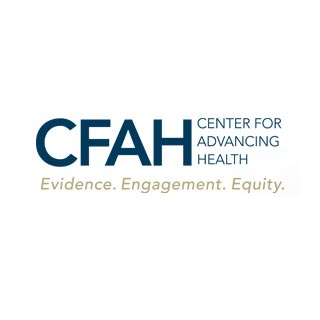
Apparently an outcome of a study claims that most of the dietary sodium supposedly comes from packaged foods and eating out. Decreasing sodium consumption to recommended levels may lead to 11.1 million lesser cases of high blood pressure every year and trim down the expenses of health care by as much as $18 billion as an extra advantage. This is as per study experts headed by Kartika Palar, a doctoral fellow at Pardee RAND Graduate School.
According to the study, the highest daily sodium recommendation is about 2,300 milligrams but the average person apparently devours roughly 3,400 milligrams each day in the United States.
The authors replicated models of diverse sodium-reduction scenarios, apparently pulling from population-level data on sodium intake, blood pressure and medication use from the National Health and Nutrition Examination Survey, carried out from 1999 to 2004.
Jasminka Ilich, Ph.D., a professor at Florida State University, is not associated with the study. But since the surveys were conducted many years ago, she is of the opinion that it may be possible that the actual intake of sodium in the population has changed due to already huge public education and efforts to reduce sodium thus rendering lower dollar savings than calculated in this study.
Ilich is in agreement with the authors that cutting sodium intake to recommended levels could be a chief responsibility.
Ilich commented, “Sodium is present in all foods, but most abundantly in processed foods. On average, individuals get over 70 percent of their sodium from processed foods. Therefore, there isn’t much leverage in reducing table salt or added salt during cooking.â€
Palar added, “Policy interventions that target processed and restaurant foods, which account for the majority of average sodium intake in the U.S. — not salt added at the table — may be especially promising.â€
Ilich believes that the most effective approach could be to inform people about reading labels and about replacing or evading foods which might have high sodium content. She said that there is a debate about whether all people with hypertension could see improvement with the cutback of sodium.
Ilich mentioned that there is another school of thought, according to which only sodium-sensitive people, about 6 percent of the adult population, can lower their blood pressure by reducing sodium intake.
This study was published in the American Journal of Health Promotion.
